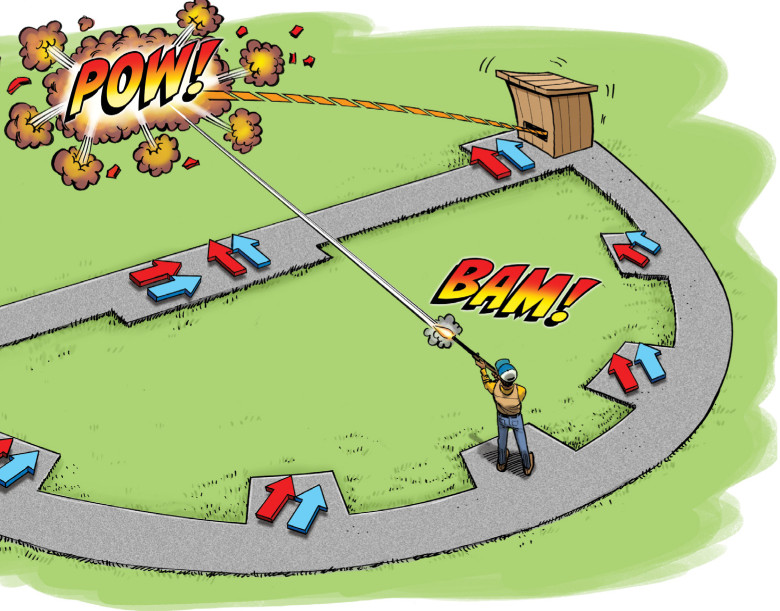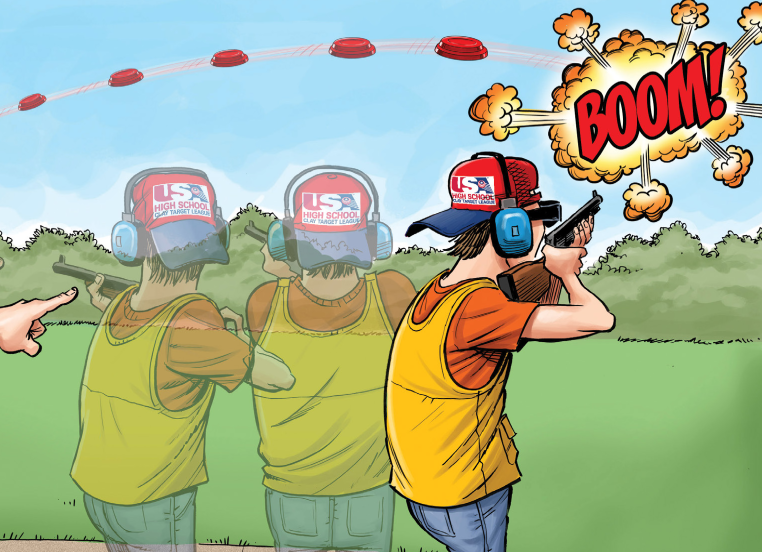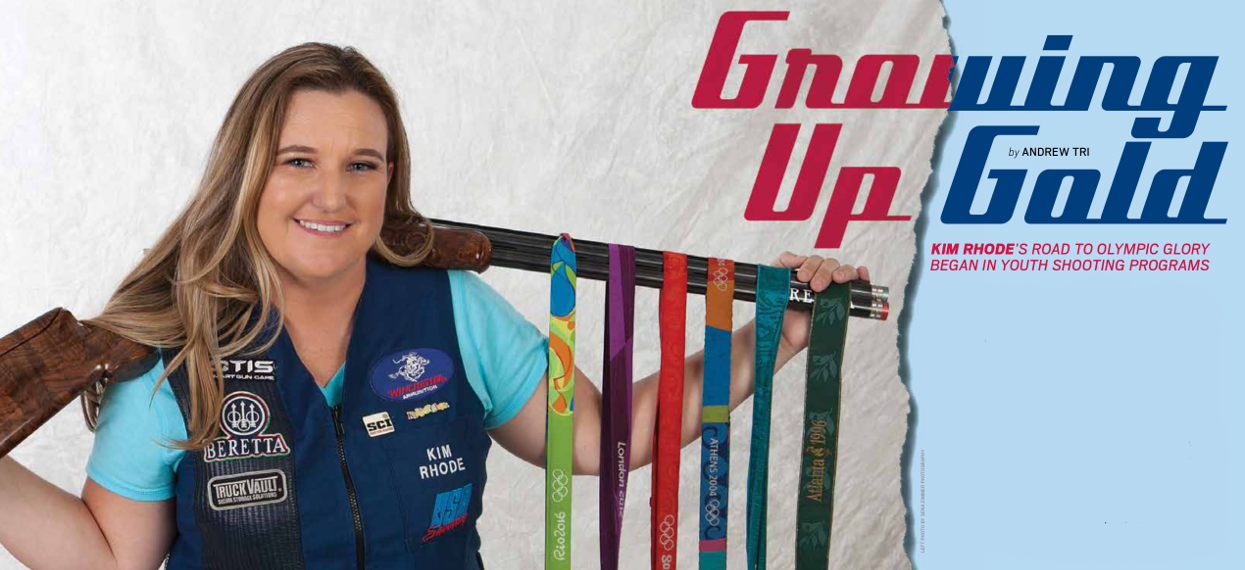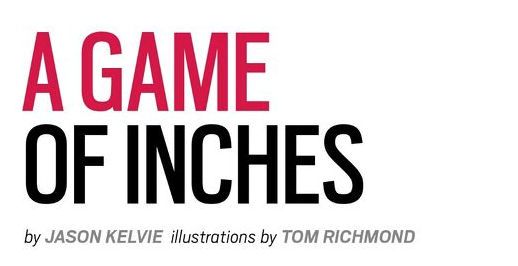

If there is one thing you can get clay target shooters to agree on, it’s that clay target sports are a game of inches! From hold points, to break factors, and everything in between, inches are the difference between solid hits and unbroken targets.
One aspect of shooting that’s also determined by inches is shotgun barrel length. Trap shooters will tell you to use the longest barrel possible while shooters of other disciplines will say just the opposite.
Why is that?
Let’s examine how barrel length can affect your shotgun’s weight and handling, and how that can affect how you shoot. In the end, I want to give you the information you need to decide what barrel length is best for the targets you’re shooting at.
BALANCING ACT
Perhaps the biggest effect barrel length has on a shotgun is the overall weight and balance: longer barrels are heavier, shorter barrels are lighter, and that weight difference can have a huge effect on the balance of the shotgun. As barrels become longer and heavier, the balance point of the shotgun moves further out, away from the athlete’s own center of balance. That can make the shotgun difficult for an athlete to hold and control. A very long barrel can ultimately end up straining a younger or smaller athlete, causing the muzzle to dip or dive at the time of the trigger squeeze.
THE SWING EFFECT
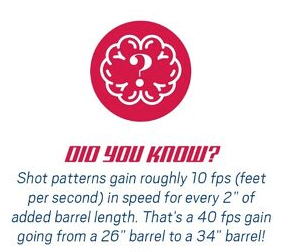
How barrel length affects swing is the single largest determining factor between shooting the different clay target disciplines. Trap shooters generally prefer barrel lengths of 32” to 34” because targets are rising as they move away from the athlete. For them, longer barrels with tighter chokes ensure that their shot patterns hold together at the longer distances.
Skeet and sporting clays athletes will generally use shorter barrels in the 26” to 30” range. Because targets are usually closer and faster, the benefit of a shorter barrel paired with a skeet or open choke is the ability to maximize the open shot pattern for crossing targets. The lighter, shorter barrels also make getting on target faster and easier than longer, heavier barrels.
VELOCITY
Barrel length can also affect shot velocity. In fact, shot patterns gain roughly 10 fps (feet per second) in speed for every 2” of added barrel length. That’s a 40 fps gain going from a 26” barrel to a 34” barrel. This of course can vary a bit between 12 and 20 gauge shotgun models but overall should be factored in when selecting the proper barrel length.
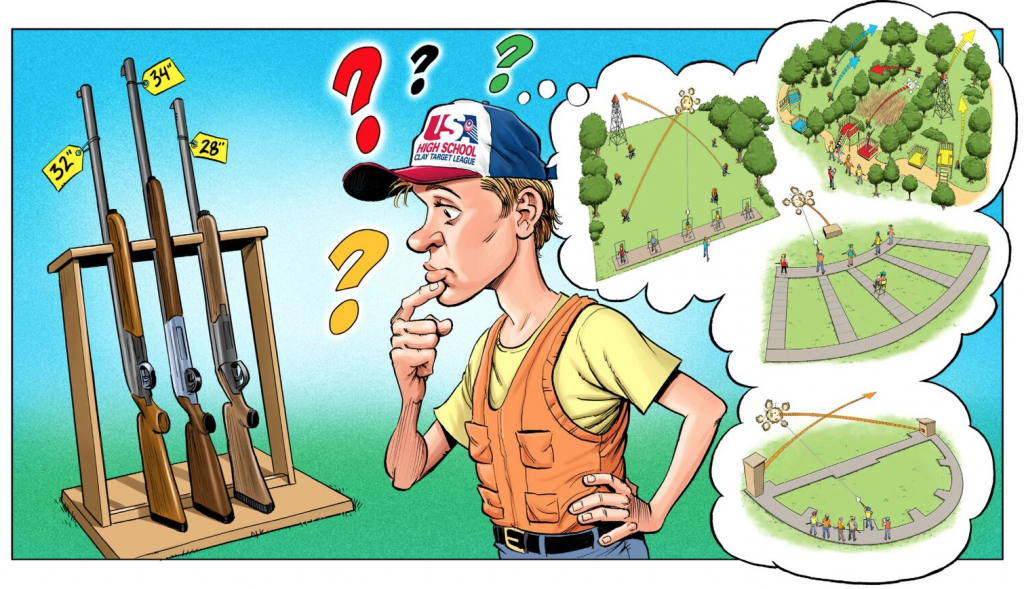
DETERMINING BARREL LENGTH
If you don’t already know the length of your shotgun barrels, it’s pretty easy to find out. Most shotgun manufacturers will have the barrel length stamped on the side of the barrel near the breech. Most barrels are measured in inches but may also be measured in centimeters.
If you find your shotgun missing this marking, then you should follow these easy steps to determine your barrel length.
• Make sure the shotgun is unloaded and pointed in a safe direction
• Close the action or breech
• Use an appropriately sized dowel rod and slide it down the barrel inserting from the muzzle
• Draw a line around the dowel rod just outside of the muzzle
• Remove the dowel rod and measure from the end of the dowel rod to the line
My advice is simple: take the time to understand which barrel length is best for you based on what clay target sports you intend to participate most. Selecting the correct barrel length will ultimately give you the advantage in the game of inches.

